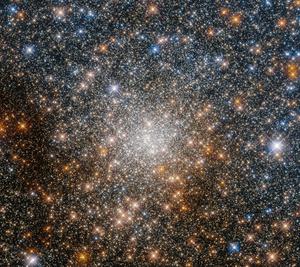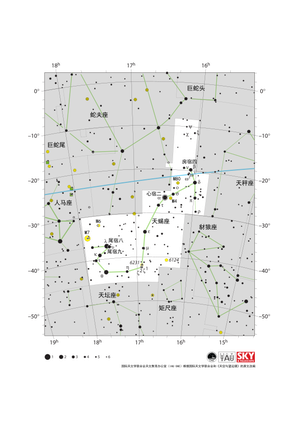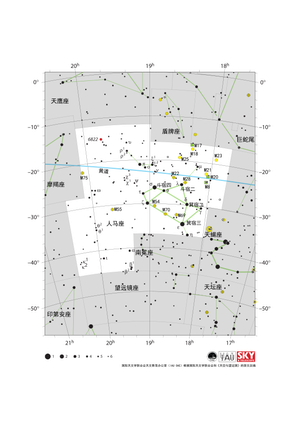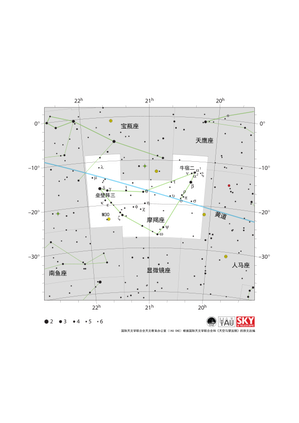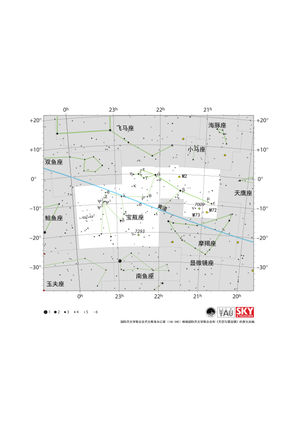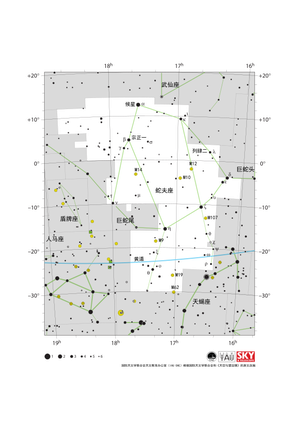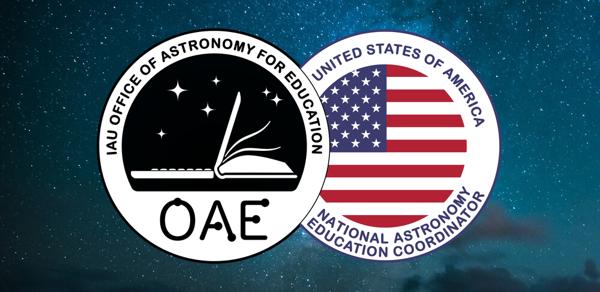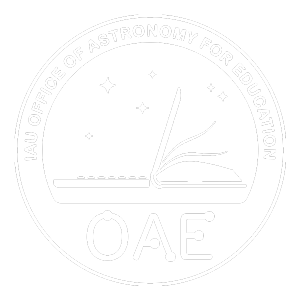Glossary term: 球状星团
Description: 球状星团是一种大质量、球形且稠密的恒星群,它们通过引力相互作用保持稳定,寿命长达数十亿年。在银河系中,球状星团几乎全部由非常古老的恒星组成,通常年龄在110亿至130亿年之间。球状星团是银河系中最古老的天体之一。大多数球状星团中的恒星几乎在同一时期形成,尽管有些球状星团显示出多代恒星的证据。银河系大约有160个球状星团,大多数位于银河的光晕中,而巨大的椭圆星系可以拥有成千上万个球状星团。
Related Terms:
See this term in other languages
Term and definition status: The original definition of this term in English have been approved by a research astronomer and a teacher The translation of this term and its definition is still awaiting approval
The OAE Multilingual Glossary is a project of the IAU Office of Astronomy for Education (OAE) in collaboration with the IAU Office of Astronomy Outreach (OAO). The terms and definitions were chosen, written and reviewed by a collective effort from the OAE, the OAE Centers and Nodes, the OAE National Astronomy Education Coordinators (NAECs) and other volunteers. You can find a full list of credits here. All glossary terms and their definitions are released under a Creative Commons CC BY-4.0 license and should be credited to "IAU OAE".
If you notice a factual or translation error in this glossary term or definition then please get in touch.
Related Media
银河系中心附近球状星团中的恒星
Credit: 欧空局/哈勃和美国国家航空航天局,R. Cohen credit link
License: PD Public Domain icons
Related Diagrams
天蝎座星图
Credit: 国际天文学联合会天文教育办公室(IAU OAE)根据国际天文学联合会和《天空与望远镜》的原文改编
License: CC-BY-4.0 Creative Commons 署名 4.0 国际 (CC BY 4.0) icons
人马座星图
Credit: 国际天文学联合会天文教育办公室(IAU OAE)根据国际天文学联合会和《天空与望远镜》的原文改编
License: CC-BY-4.0 Creative Commons 署名 4.0 国际 (CC BY 4.0) icons
摩羯座星图
Credit: 国际天文学联合会天文教育办公室(IAU OAE)根据国际天文学联合会和《天空与望远镜》的原文改编
License: CC-BY-4.0 Creative Commons 署名 4.0 国际 (CC BY 4.0) icons
宝瓶座星图
Credit: 由国际天文学联合会天文教育办公室根据国际天文学联合会/《天空与望远镜》的原文改编
License: CC-BY-4.0 Creative Commons 署名 4.0 国际 (CC BY 4.0) icons
蛇夫座星图
Credit: 国际天文学联合会天文教育办公室(IAU OAE)根据国际天文学联合会和《天空与望远镜》的原文改编
License: CC-BY-4.0 Creative Commons 署名 4.0 国际 (CC BY 4.0) icons
